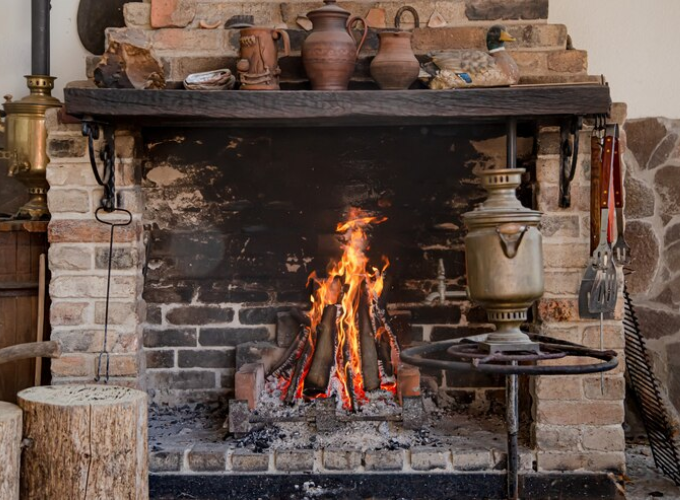Wood stoves have played a pivotal role in the evolution of home heating throughout history, providing warmth to people and becoming a central element of many homes. Its history dates back to ancient times, and its evolution has been marked by technological advances and changes in society’s needs and preferences.
From modest beginnings to the innovative contemporary options of the Kunst brand, these stoves have come a long way.

Origins
The use of firewood as a heat source dates back to prehistoric times, when humans discovered fire. As communities were established and dwellings evolved, the need arose to find more efficient ways to use fire to heat indoor spaces. In this context, the first rudimentary stoves began to appear.
Early stoves were simple mud or stone constructions, designed to contain fire and distribute heat more evenly. Wood was the primary fuel, and these stoves, while effective, were quite primitive in their design and construction.
Middle Ages and Renaissance
During the Middle Ages, wood-burning stoves became more common in Europe. Ceramic and metal stoves were built, and flues were integrated to improve the efficiency of the heating process. As the Renaissance progressed, designers and craftsmen refined stoves, incorporating decorative and functional elements.
19th Century: The Industrial Revolution and Innovation
The Industrial Revolution marked a turning point in the history of wood-burning stoves. With advances in metallurgy, stove manufacturing became more efficient and accessible to a growing population. New designs emerged, such as enclosed stoves with glass doors, which allowed for better heat regulation and increased safety.
The invention of the Franklin stove in the early 19th century by Benjamin Franklin contributed significantly to the development of modern wood-burning stoves. This stove featured a more compact and efficient design, with a number of improvements in air circulation and heat direction.
20th Century: Changes in Design and Functionality
As the 20th century progressed, wood-burning stoves underwent significant changes in their design and operation. The introduction of refractory materials and improved ventilation systems allowed for greater control over combustion and smoke emission. In addition, modern stoves began to integrate more stylized design elements, making them decorative pieces in themselves.
21st Century: Sustainability and Energy Efficiency:
Today, growing environmental awareness has led to a renewed interest in wood-burning stoves as a sustainable heat source. Modern stoves are designed with a focus on energy efficiency and reducing emissions, ECODESING models, using technologies such as controlled combustion and waste heat reuse.
In conclusion, wood-burning stoves have come a long way from their humble beginnings in ancient times to becoming efficient and aesthetically appealing heating devices today.
Within this history, the Kunst brand has taken the evolution of wood-burning stoves to new heights. Their commitment to quality, design and innovation is reflected in every product. Not only do Kunst wood-burning stoves offer exceptional performance, but they are also stylish pieces that complement any style of home.

